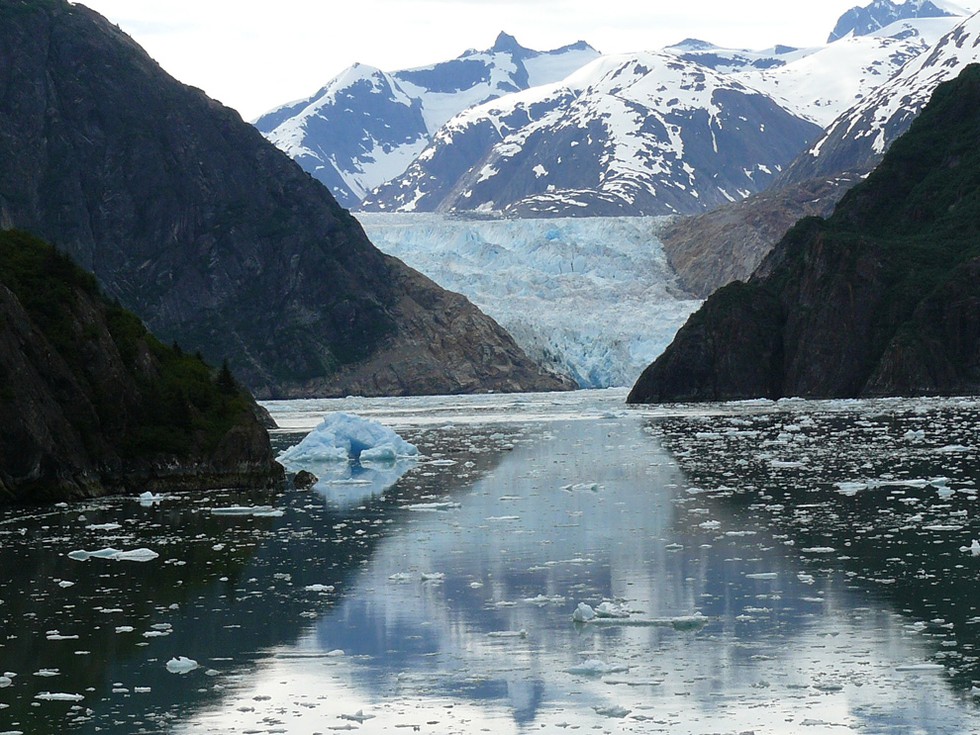
About Fjord:
- A fjord is a long, deep, narrow body of water that reaches far inland.
- Fjords are often set in a U-shaped valleywith steep walls of rock on either side.
- Fjords are found mainly in Norway, Chile, New Zealand, Canada, Greenland, and the U.S. state of Alaska.
- How are Fjords Formed?
- Fjords have been shaped throughout the span of several ice ages by slow-moving glaciers.
- As the glacier moved, it cut away at the top layers of ice and into the sediment below.
- Melting waters also carved away into the land, meaning that many fjords are actually deeper than the sea that feeds into it.
- Where the fjord meets the sea, also known as the mouth, many glaciers left behind shill or shoal rock deposits.
- Because the mouth is a shallower opening than the body of the fjord, it results in extremely fast-moving water (this includes strong currents and saltwater rapids).
- Fjords commonly are deeper in their middle and upper reaches than at the seaward end.
- This results from the greater erosive power of the glaciers closer to their source, where they are moving most actively and vigorously.
- Because of the comparatively shallow thresholds of fjords, the bottoms of many have stagnant water and are rich in black mud containing hydrogen sulfide.
- Some features of fjords include coral reefsand rocky islands called skerries.
- Epishelf Lakes:
- Another feature of some fjords is the presence of epishelf lakes. These lakes occur when melted fresh water becomes trapped under a floating ice shelf.
- This freshwater does not mix with the saltwater below, but rather floats on top of it.
2. What is the Armed Forces Special Powers Act (AFSPA), 1958?
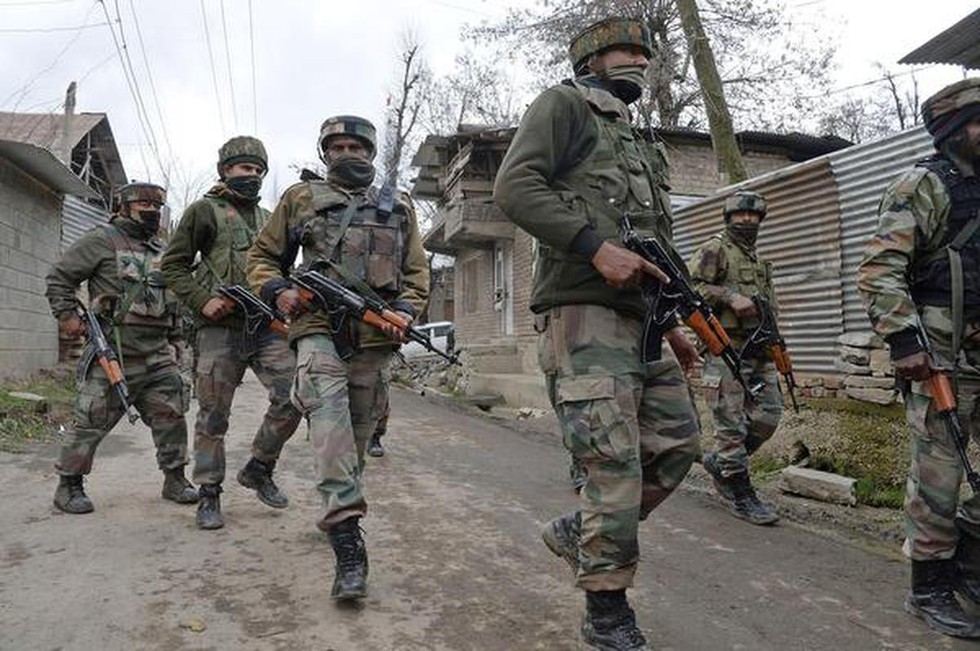
About the Armed Forces Special Powers Act (AFSPA), 1958:
- It is a law enacted by the Parliament in 1958 which gives the armed forces special powers and immunity to maintain public order in “disturbed areas”.
- When is it applied? It can be applied only after an area has been declared “disturbed” under section 2 of the Act.
- What is a Disturbed area?
- An area can be considered to be disturbed due to differences or disputes among different religious, racial, language, or regional groups or castes or communities.
- Who declares an area as disturbed?
- The Central Government, or the Governor of the State or administrator of the Union Territory, can declare the whole or part of the State or Union Territory as a disturbed area.
- It can be invoked in places where “the use of armed forces in aid of the civil power is necessary”.
- The ‘special powers’of armed forces under AFSPA are:
- They have the authority to prohibit a gathering of five or more persons in an area, can use force or even open fire after giving due warning if they feel a person is in contravention of the law.
- If reasonable suspicion exists, the army can also arrest a person without a warrant, enter or search a premises without a warrant, and ban the possession of firearms.
- Any person arrested or taken into custody may be handed over to the officer in charge of the nearest police station,along with a report detailing the circumstances that led to the arrest.
- These armed forces are immune from prosecutionunless the Union Government provides sanction to the prosecuting agencies.
- Where is AFSPA in force now?
- Apart from Nagaland, the AFSPA is currently in force in Jammu and Kashmir, Assam, and Manipur except Imphal, and Arunachal Pradesh.
3. What is a Pulsar?

About Pulsar:
- Pulsars are rapidly rotating neutron stars that blast out pulses of radiation at regular intervals ranging from seconds to milliseconds.
- Pulsars have very strong magnetic fields, which funnel jets of particles out along the two magnetic poles. These accelerated particlesproduce very powerful beams of light.
- Often, the magnetic field is not aligned with the spin axis, so those beams of particles and light are swept around as the star rotates.
- The periodicity of pulsars is caused by these beams of light crossing the line of sight on Earth, with the pulsar appearing to 'switch off' at points when the light is facing away from us. The time between these pulses is the 'period' of the pulsar.
- Pulsars have been primarily observed at radio wavelengths.
- Pulsar masses range between 1.18 and 1.97 times that of the Sun, but most pulsars have a mass 1.35 times that of the Sun.
What is a Neutron Star?
- Neutron stars are highly dense remnants of massive stars that have collapsed, composed mainly of neutrons and other elementary particles.
- Neutron stars are formed when a massive star runs out of fuel and collapses.
- The very central region of the star – the core – collapses, crushing together every proton and electron into a neutron.
- If the core of the collapsing star is between about 1 and 3 solar masses, these newly-created neutrons can stop the collapse, leaving behind a neutron star.
What is the Green Bank Telescope (GBT)?
- With a 100 m × 110 m off-axis paraboloid dish, the GBT is the largest fully steerable radio telescope on Earth.
- It is located at Green Bank Observatory in the National Radio Quiet Zone in Green Bank, West Virginia, U.S.
4. What is Epigenetics?
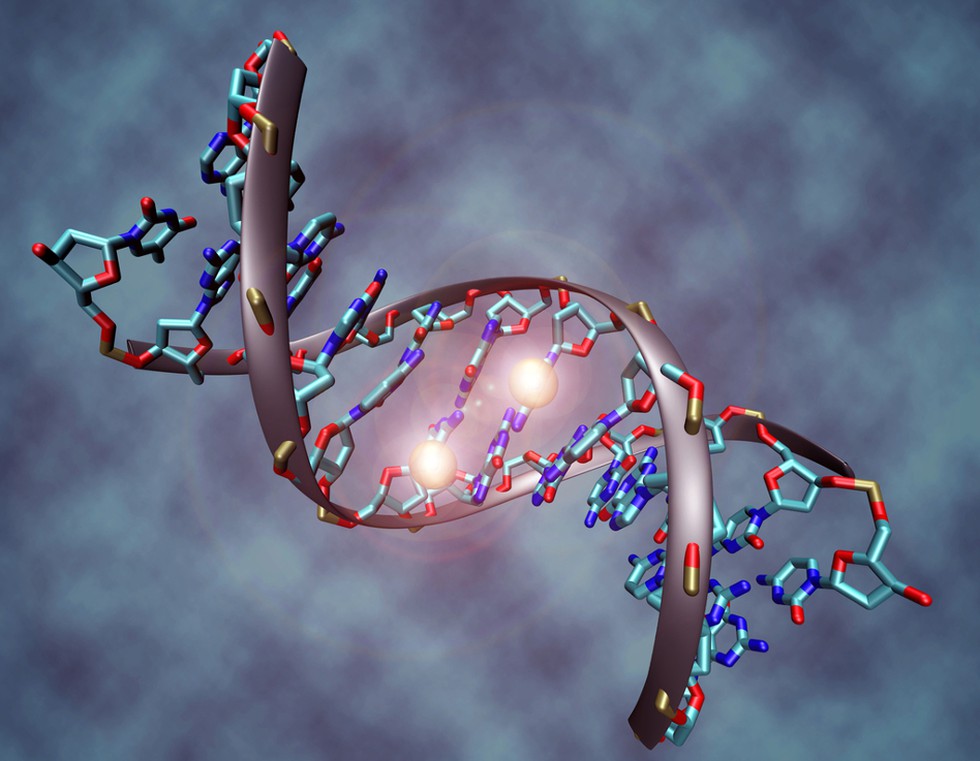
About Epigenetics:
- Epigenetics is the study of how cells control gene activity without changing the DNA sequence.
- "Epi-"means on or above in Greek, and "epigenetic" describes factors beyond the genetic code.
- Epigenetic changes are modifications to DNA that regulate whether genes are turned on or off.
- These Epigenetic modifications are attached to DNA and do not change the sequence of DNA building blocks.
- Within the complete set of DNA in a cell (the genome), all of the modifications that regulate the activity (expression) of the genes is known as the epigenome.
- Because epigenetic changes help determine whether genes are turned on or off, they influence the production of proteins in cells.
- This regulation helps ensure that each cell produces only proteins that are necessary for its function. For example, proteins that promote bone growth are not produced in muscle cells.
- Patterns of epigenetic modification vary among individuals, in different tissues within an individual, and even in different cells within a tissue.
- Environmental influences, such as a person’s diet and exposure to pollutants, can impact the epigenome.
- Epigenetic modifications can be maintained from cell to cell as cells divide and, in some cases, can be inherited through the generations.
- Errors in the epigenetic process, such as modification of the wrong gene or failure to add a chemical group to a particular gene or histone, can lead to abnormal gene activity or inactivity.
- Altered gene activity, including that caused by epigenetic errors, is a common cause of genetic disorders.
- Conditions such as cancers, metabolic disorders, and degenerative disorders have been found to be related to epigenetic errors.
5. Navegaon-Nagzira Tiger Reserve (NNTR)
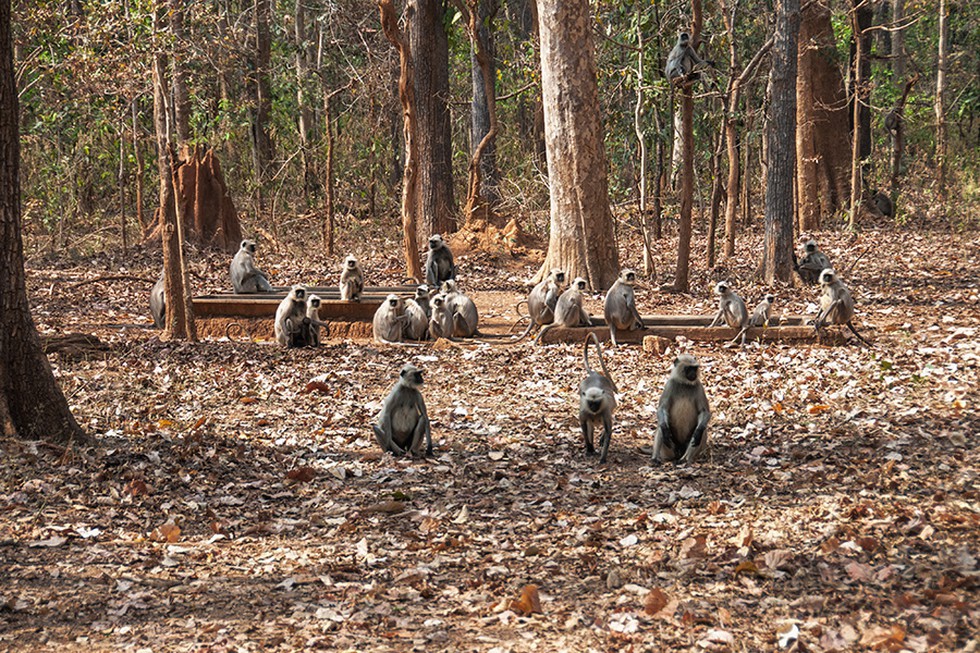
About Navegaon-Nagzira Tiger Reserve (NNTR):
- Location: It spans 653.67 sq.km. across the Gondia and Bhandara districts of Maharashtra.
- It is located in the heart of the central Indian Tiger Landscape, which contributes almost 1/6 of the total tiger population of the country.
- Declared a tiger reserve in 2013, it is the fifth tiger reserve in Maharashtra.
- NNTR is comprised of the notified areas of Nawegaon National Park, Nawegaon Wildlife Sanctuary, Nagzira Wildlife Sanctuary, New Nagzira Wildlife Sanctuary, and Koka Wildlife Sanctuary.
- It has linkages with Kanha, Pench, and Tadoba Tiger Reserves.
- Topography: The topography is undulating, and the highest point, viz. ‘Zenda Pahad’, is around 702 m above Mean Sea Level.
- Vegetation: Southern Tropical Dry Deciduous
- Flora: There are 364 species of plants, and the major trees are: Terminalia tomentosa, Lagerstroemia parviflora, Anogeisus lotifolia, Pterocarpus marsupium, Diospyrus melanoxylon, Ougeinia oogenesis, etc.
- Fauna: The major wild animals are: Tiger, Panther, Small Indian Civet, Palm Civet, Wolf, Jackal, Wild Dog, Sloth Bear, Ratel, Common Giant Flying Squirrel, Gaur, Sambar, Chital, Four Horned Antelope, Mouse Deer, and Pangolin.
6. Barak Bhuban wildlife sanctuary
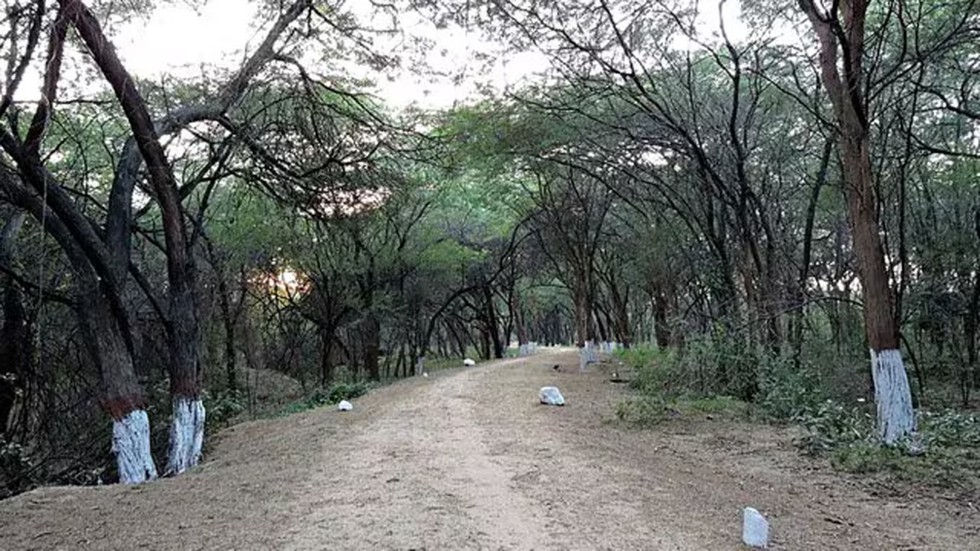
About Barak Bhuban wildlife sanctuary:
- Location: It is located in Assam's Barak Valley. (The Barak Valley also houses the Borail Wildlife Sanctuary).
- It is nestled between the Barak and Sonai rivers.
- It is named after the second-largest river in the northeast and is spread across three districts – Cachar, Hailakandi and Karimganj.
- Fauna:
- It serves as a critical habitat for a diverse range of wildlife.
- Eight primate species, including the slow loris, rhesus macaque, and hoolock gibbon, find refuge here. The sanctuary is also known to be a vital habitat for the king cobra.
Key facts about the Barak Valley
- It is located in the Southern part of Assam.
- It is named after the river Barak, the largest river of the valley and second largest of Northeast India.
- The area shares its border with other states like Meghalaya in the north, Manipur in the east, Tripura and Mizoram in the south, and is flanked with the transnational boundary of Bangladesh in the south.
- It is a part of the Indo Myanmar biodiversity
- Approximately 4.8% geographical area of the valley is covered by tea plantations and remaining most of the hillock areas are either in home gardens or under reserve forests.
- Vegetation: The forests in the valley are tropical evergreen, semi-evergreen, tropical deciduous, and secondary and there are large tracts of rainforests in the northern and southern eastern parts of the valley.
- Climate: The climate of the valley is characterized by subtropical, warm and humid.
7. National Consumer Disputes Redressal Commission
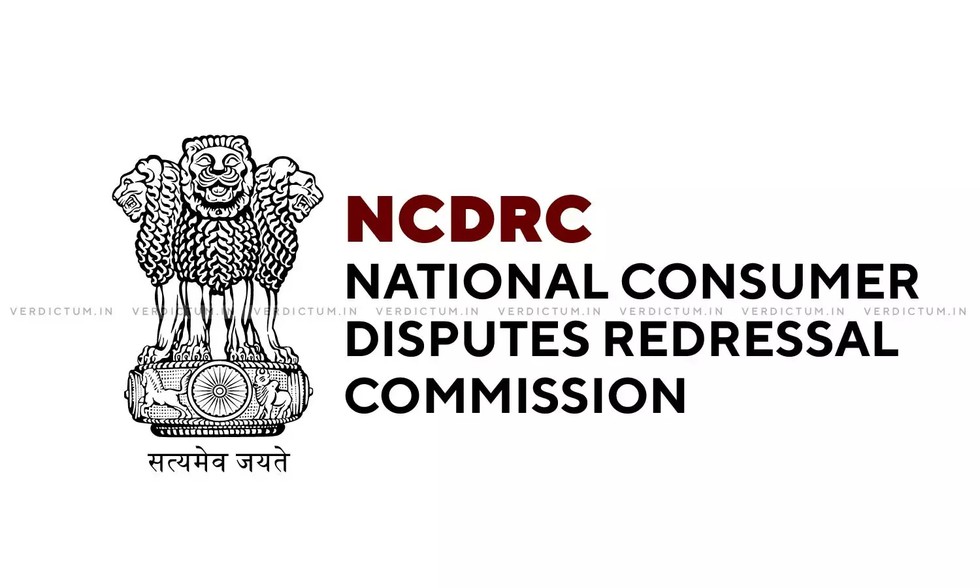
About National Consumer Disputes Redressal Commission:
- It is a quasi-judicial commissionset up in 1988 under the Consumer Protection Act of 1986.
- Mandate: To provide inexpensive, speedy, and summary redressal of consumer disputes.
- It is headed by a sitting or a retired Judge of the SCor a sitting or a retired Chief Justice of a High Court.
- NCDRC shall have jurisdiction to entertain a complaint valued more than two crore and also have appellate and revisional jurisdiction from the orders of State Commissions or the District fora as the case may be.
- The provisions of this act cover ‘goods’ as well as ‘services’.
- Who Can File a Complaint:A complaint may be filed by the following:
- A consumer
- Any voluntary consumer associationregistered under the Companies Act 1956
- The Central Government or any State Government
- One or more consumers where there are numerous consumers.
- Appeal: Any person aggrieved by an order of NCDRC, may prefer an appeal against such an order to SC within a period of 30 days.
8. Integrated Development of Wildlife Habitat Scheme
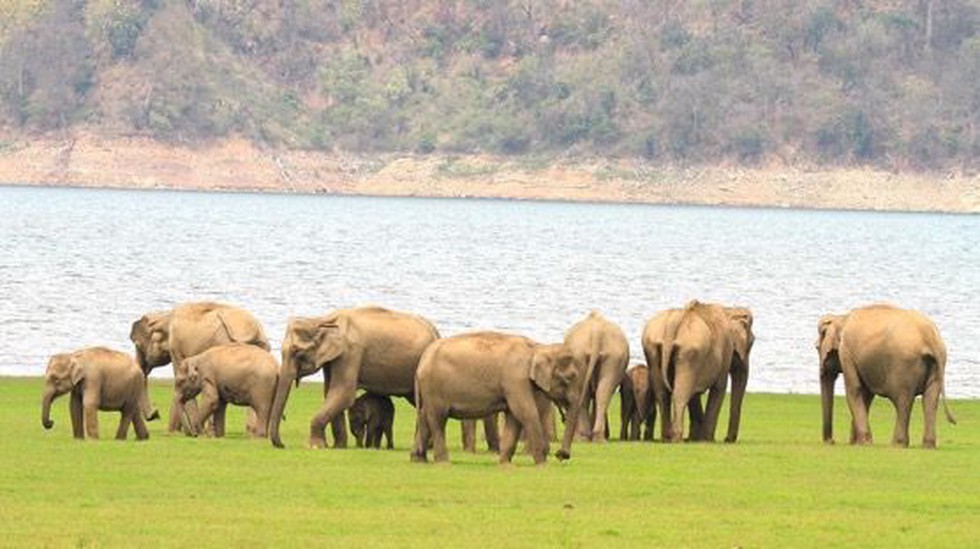
About Integrated Development of Wildlife Habitat Scheme:
- It is a Centrally Sponsored Scheme launched by the union Ministry of Environment, Forest and Climate Change.
- It has been made operational by adding more components and activities to the erstwhile Centrally Sponsored Scheme - "Assistance for the Development of National Parks and Sanctuaries" during the 11th Plan Period.
- It envisages boosting technological interventions in different thematic areas over the current and next financial year in tiger and other wildlife habitats.
- Under this scheme 55 tiger reserves, 33 elephant reserves and 718 protected areas and their zones of influence stand to benefit.
- Components of the scheme
- Support to Protected Areas (National Parks, Wildlife Sanctuaries, Conservation Reserves and Community Reserves)
- Protection of Wildlife Outside Protected Areas
- Recovery programmes for saving critically endangered species and habitats
- Sub components of IDWH
- Project Tiger: It aims at ensuring a viable population of the Bengal tiger (‘endangered’) in its natural habitats and protecting it from extinction. It also supports the ambitious Project Cheetah in the country.
- Project Elephant: It aims to conserve elephant populations and their habitats, reduce human-elephant conflicts, and improve the welfare of captive elephants.
- Development of Wildlife Habitat: The Project Dolphin and Project Lion both are under this sub component.
9. What are Nanozymes?
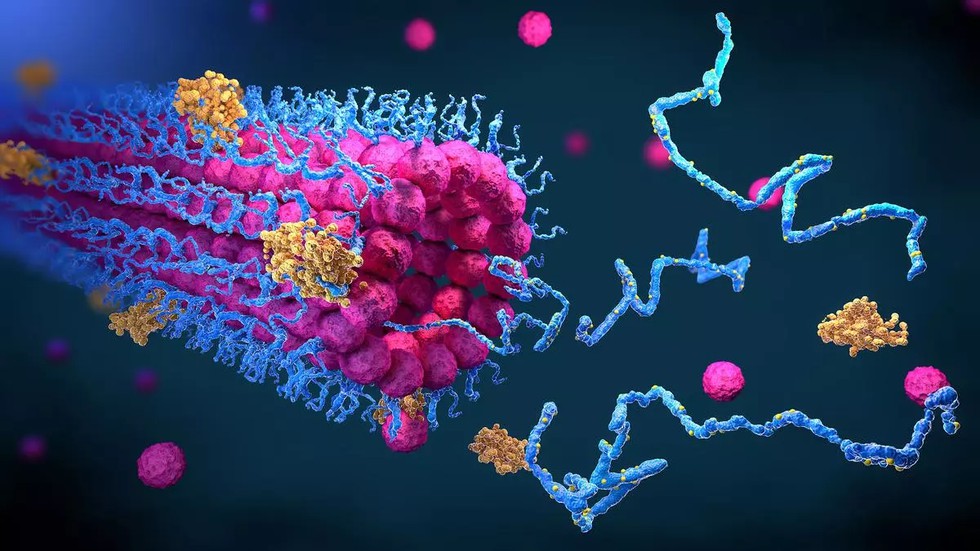
About Nanozymes:
- Nanozymes are the nonmaterial-based artificial enzymes which exhibit potential for emulating the catalytic functions inherent in enzymes.
- They may be metallic, metal oxide- based, carbon-based or of other types.
- They have many advantages over biological enzymes. It exhibits high activity and stability at different conditions of and temperatures and pH.
- Advantages: They offer various advantages over conventional enzymes because of high stability, low cost, durability, ease of mass production, controllability and better recovery rates.
- Applications: Nanozymes have been used as therapeutics against cancer, inflammatory diseases, neurodegenerative and neurological disorders, bacterial, fungal and viral infections, wounds and diseases associated with Reactive Oxygen Species.
What are Enzymes?
- These are proteins that help speed up metabolism, or the chemical reactions in our bodies. They build some substances and break others down.
- All living things have enzymes. Our bodies naturally produce enzymes. But enzymes are also in manufactured products and food.
10. SPICED Scheme

About SPICED Scheme:
- It is aimed at significantly enhancing the export of spices and value- added spice products as well as improving the productivity of cardamoms and upgrading the post-harvest quality of spices across India for export.
- It is implemented during the remaining term of the 15th Finance Commission, up to 2025-26.
- Key highlights of the Scheme
- It is expected to facilitate value addition and to drive innovation and sustainability in the spice sector by introducing new sub-components/programs like the Mission Value Addition, Mission Clean and Safe Spices, promotion of GI spices, support for entrepreneurship through Spice Incubation Centres, etc.
- The scheme gives thrust on farmers groups / FPOS / Farmers Clusters identified under ODOP and DEH, SC/ST community, Exporters from NE region, and SMEs.
- While exporters with a valid Certificate of Registration as Exporter of Spices (CRES) are eligible for assistance under these programs, preference will be given to first-time applicants, Small and Medium Enterprises (SMEs), etc.
- The programs under the components such as Improving the productivity of cardamom and Post-harvest quality upgradation of spices are specifically designed to empower farmer groups, including Farmer Producer Organizations (FPOs), Farmer Producer Companies (FPCs), and Self-Help Groups (SHGs) in key spice-growing regions.
- These groups will be prioritized for post-harvest improvement of spices, with targeted assistance provided to enhance creation of an exportable surplus of spices, in compliance with the applicable food safety and quality standards.
- Scheme activities will be geo-tagged and fund availability, status of applications under different components, list of beneficiaries, etc. will be published in the Board's website for better transparency.


























































































































































.png)
.png)
.png)
.png)
.png)


.png)
.png)
.png)





.png)
.png)






.png)
.png)
.png)
.png)
.png)
.png)
.png)
.png)
.png)

.png)







.png)
.png)


.png)
.png)
.png)


.png)

.png)
.png)





.jpg)

.png)
.png)


.png)

.png)
.png)
.png)

.jpg)

.jpg)


.png)

.png)
.png)
.png)
.png)
.png)
.png)
.png)
.png)
.png)
.png)




.png)

.png)





.png)
.png)
.png)
.png)
.png)
.png)
.png)
.png)
.png)
.png)
.jpg)
.jpg)

.png)
.png)
.png)
.png)
.png)
.png)
.png)
.png)
.png)
.png)
.png)
.png)
.png)
.png)
.png)
.png)
.png)
.png)
.png)
.png)
.png)
.png)



.png)
.png)

.jpg)
.jpg)


.jpg)
.jpg)
.jpg)
.jpg)
.jpg)

.jpg)








.jpg)
.jpg)
.jpg)
.jpg)
.jpg)

















.jpg)
.jpg)







.jpg)


















.jpg)
.jpg)






























































































.jpg)
.jpg)


























.jpg)

.jpg)










.jpg)








.jpg)




.jpg)










.jpg)


















.jpg)












































.jpg)














.jpg)
.jpg)
.jpg)





.jpg)

.jpg)
.jpg)





































































.jpg)


































.jpg)
.jpg)
















































.jpg)












.jpg)


.jpg)




.jpg)
.jpg)
.jpg)

.jpg)
.jpg)
.jpg)
.jpg)

.jpg)
.jpg)
.jpg)

.jpg)
.jpg)
.jpg)
.jpg)
.jpg)
.jpg)
.jpg)
.jpg)

.jpg)


.jpg)
.jpg)
.jpg)
.jpg)
.jpg)
.jpg)
.jpg)
.jpg)
.jpg)
.jpg)











.jpg)
.jpg)





.jpg)
.jpg)
.jpg)
























.jpg)
























.jpg)









.jpg)
.jpg)







.jpg)
.jpg)









































.jpg)
.jpg)
.jpg)
.jpg)
.jpg)

.jpg)
.jpg)
.jpg)
.jpg)
.jpg)


.jpg)
.jpg)
.jpg)
.jpg)
.jpg)

.jpg)
.jpg)
.jpg)
.jpg)
.jpg)
.jpg)
.jpg)
.jpg)
.jpg)
.jpg)
.png)

.png)
.png)

.png)
.png)
.png)
.png)


.jpg)
.jpg)

.jpg)
.jpg)
.jpg)

.png)
.png)
.png)
.png)
.png)
.png)
.png)

.png)
.png)
.png)
.png)
.png)
.png)
.png)
.png)
.png)
.png)





































































-min.png)



.png)




.png)








































